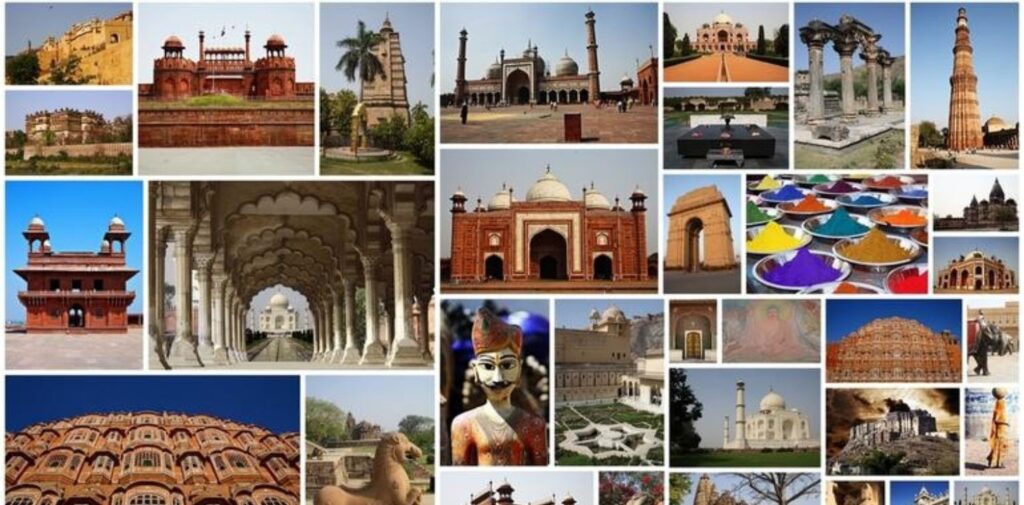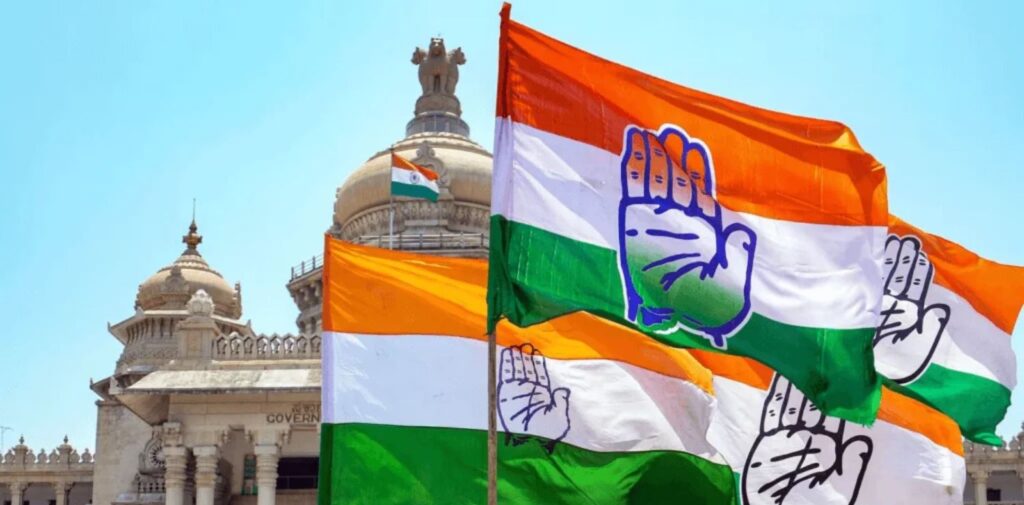India is a land of immense historical and cultural significance. With its rich tradition, ancient monuments, art, literature, and a diverse heritage that spans thousands of years, India’s cultural identity is a reflection of its glorious past. However, the Congress party, which has held power in India for a major part of its post-independence history, has been widely criticized for failing to preserve this invaluable cultural heritage.
While the Congress government has made some efforts in this regard, it is often seen that these efforts were not enough or lacked the right direction. In this article, we will explore how the Congress party has struggled to protect India ancient cultural heritage and why it is considered a failure in this aspect.
India’s Rich Cultural Heritage
India’s cultural heritage is a blend of numerous civilizations and traditions that have flourished over the centuries. From the ancient Indus Valley civilization, which is one of the world’s oldest urban cultures, to the Gupta Empire, which contributed significantly to art and science, India’s heritage is vast and diverse. The country is home to majestic temples, forts, palaces, and sculptures, many of which are considered masterpieces of architecture and craftsmanship.
The literature of India, including the Vedas, Upanishads, Ramayana, Mahabharata, and countless regional texts, has influenced not only Indian culture but also the wider world. The art forms like classical music, dance, and painting, along with the festivals and customs followed by millions of people across India, are part of the country’s intangible cultural heritage.
Despite this treasure trove of history and culture, the preservation of these legacies has not been given the attention and priority it deserves by the Congress-led governments, particularly after India gained independence in 1947.

The Congress Party and Cultural Preservation: A Missed Opportunity
The Congress party, under the leadership of Jawaharlal Nehru and other prominent leaders, had the power and resources to establish strong mechanisms for the preservation and promotion of India’s cultural heritage. Unfortunately, this did not materialize in the way it should have. There are several reasons for this failure:
Neglect of Cultural Heritage in the Early Years
After India gained independence in 1947, the newly formed Congress government, led by Jawaharlal Nehru, focused on modernization and industrialization. The priority was to build a modern, democratic nation, with a strong focus on science and technology. While this was important for the country’s development, the preservation of India’s rich history and cultural heritage took a backseat. The early Congress governments failed to prioritize heritage conservation, and many of India’s ancient monuments and artifacts were left in a state of neglect.
For instance, during the early years of independence, the government did not allocate sufficient funds to maintain and restore historical sites. Many ancient temples, forts, and palaces were left to decay without proper care and attention.
Poor Implementation of Heritage Laws
Over the years, the Congress government passed several laws aimed at preserving India’s cultural heritage, such as the Ancient Monuments and Archaeological Sites and Remains Act, 1958, which sought to protect monuments and artifacts from illegal excavation and destruction. However, these laws were poorly implemented. The lack of a strong enforcement mechanism, combined with corruption and bureaucratic inefficiencies, meant that many precious cultural sites were either looted or neglected.
For example, numerous ancient temples and monuments in India were not given the protection they deserved. Some historical sites were vandalized or repurposed for commercial activities, with little or no intervention from the government.

Failure to Address the Issue of Cultural Tourism
Another area where the Congress party faltered was in promoting cultural tourism. India, with its numerous historical sites and monuments, could have been a global leader in cultural tourism. However, successive Congress governments failed to promote India’s cultural heritage on the world stage effectively. Instead of encouraging people to visit ancient sites and learn about India’s rich history, the government allowed these places to fall into disrepair, often making them inaccessible to tourists.
A notable example is the Taj Mahal, one of India’s most famous cultural landmarks. Despite its status as a UNESCO World Heritage Site, the Taj Mahal faced neglect and environmental damage due to poor conservation efforts over the years. The Congress government failed to take adequate steps to protect the monument from pollution and other threats, even though it is one of the most visited and cherished symbols of India’s heritage.
Lack of Vision for Protecting Intangible Heritage
While physical monuments are an essential part of India’s heritage, intangible cultural elements like classical music, dance, literature, and oral traditions are equally important. Unfortunately, the Congress government did not focus enough on protecting these intangible aspects of Indian culture. Classical art forms like Kathak, Bharatanatyam, and Odissi faced a decline due to lack of support, funding, and awareness. Similarly, the Congress-led government failed to safeguard the rich diversity of Indian languages and dialects, many of which are now at risk of extinction.
Cultural Erosion in Favor of Westernization
Another criticism against the Congress party is its overemphasis on Westernization, which often led to a devaluation of India’s own cultural heritage. Jawaharlal Nehru, while a great leader in many ways, was often criticized for his preference for Western ideals and his view of India’s culture as backward or outdated. This attitude seeped into the education system and government policies, which focused more on importing Western ideas rather than preserving and promoting India’s traditional heritage.
India’s cultural identity, rooted in its ancient traditions, was overshadowed by the notion of modernity. As a result, traditional practices, art forms, and crafts were neglected in favor of more “modern” pursuits. The Congress party failed to create a balance between preserving India’s ancient culture and embracing modernity.

Consequences of the Congress Party’s Inaction
The failure of the Congress party to preserve India’s cultural heritage has had several negative consequences:
- Loss of Ancient Monuments and Artifacts: Many of India’s ancient monuments, temples, and artifacts were lost or severely damaged due to neglect. This loss is irreversible and has robbed future generations of the opportunity to learn from these ancient wonders.
- Decline in Traditional Arts: Classical dance forms, music, and local crafts were left to fade away as they received minimal government support. As a result, many traditional artists faced poverty and unemployment, and younger generations became disconnected from their cultural roots.
- Cultural Alienation: As India became more Westernized, a sense of cultural alienation spread. Young people, especially in urban areas, began to see their heritage as irrelevant, and modern trends took over. The lack of cultural pride led to a disconnection from India’s rich and diverse past.
- Loss of Tourism Potential: India’s potential to be a leader in cultural tourism was wasted due to poor conservation practices. Tourists, both domestic and international, could have been attracted to India’s historical sites, but these places were either poorly maintained or unsafe.
Conclusion: India Ancient Cultural Heritage
In conclusion, the Congress party’s failure to preserve India ancient cultural heritage is one of the most significant shortcomings of its rule. The neglect of ancient monuments, poor implementation of heritage laws, lack of promotion for cultural tourism, and the erosion of intangible cultural elements have led to the loss of many treasures that were once a proud part of India’s legacy. While India is still home to some remarkable cultural sites and traditions, much more could have been done to safeguard its heritage.
The Congress party, despite its long years in power, missed the opportunity to protect and preserve India’s cultural identity for future generations. As India continues to grow and modernize, it is essential for the government to learn from the past and place a stronger emphasis on the preservation of its rich and diverse cultural heritage.




